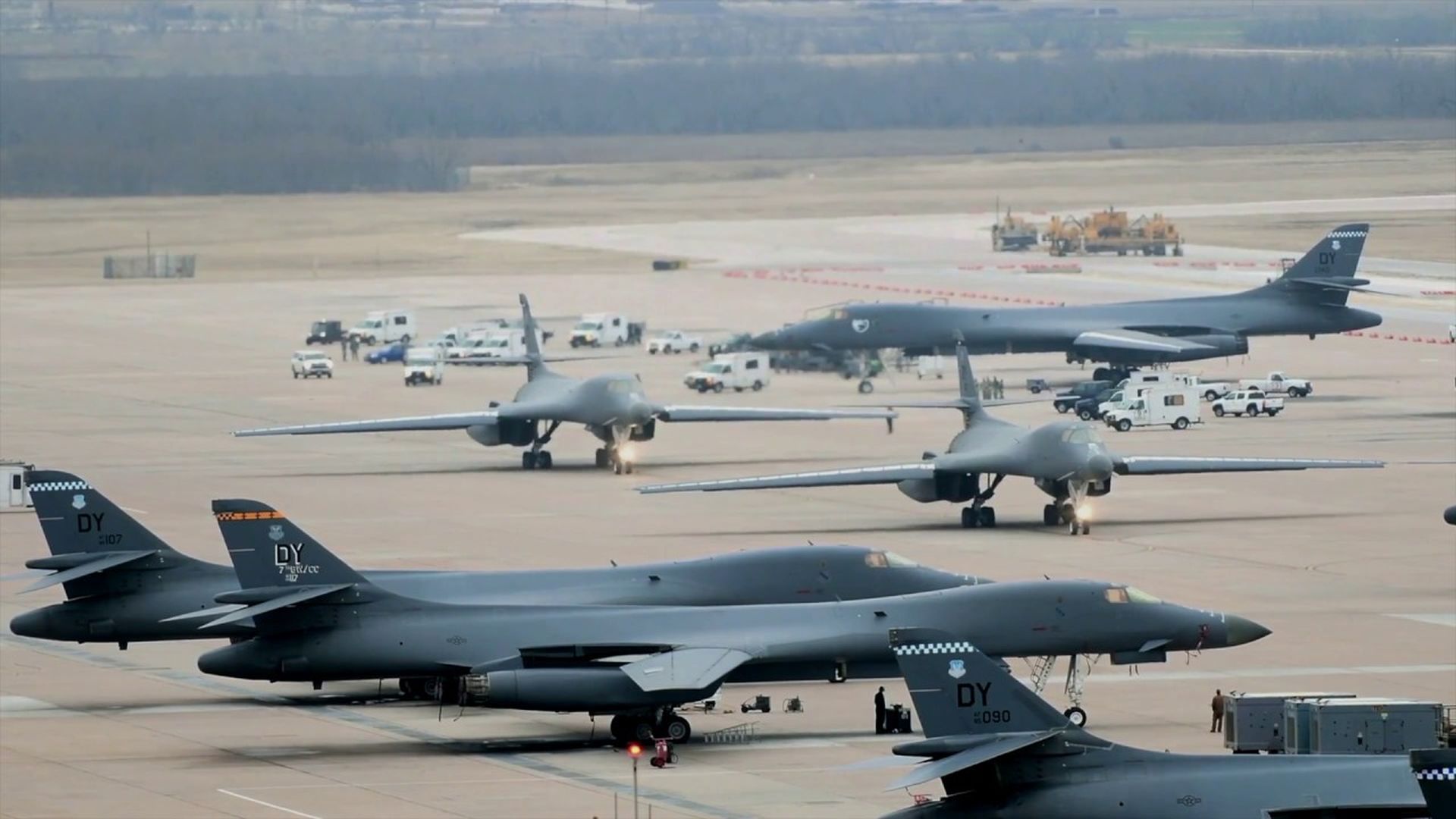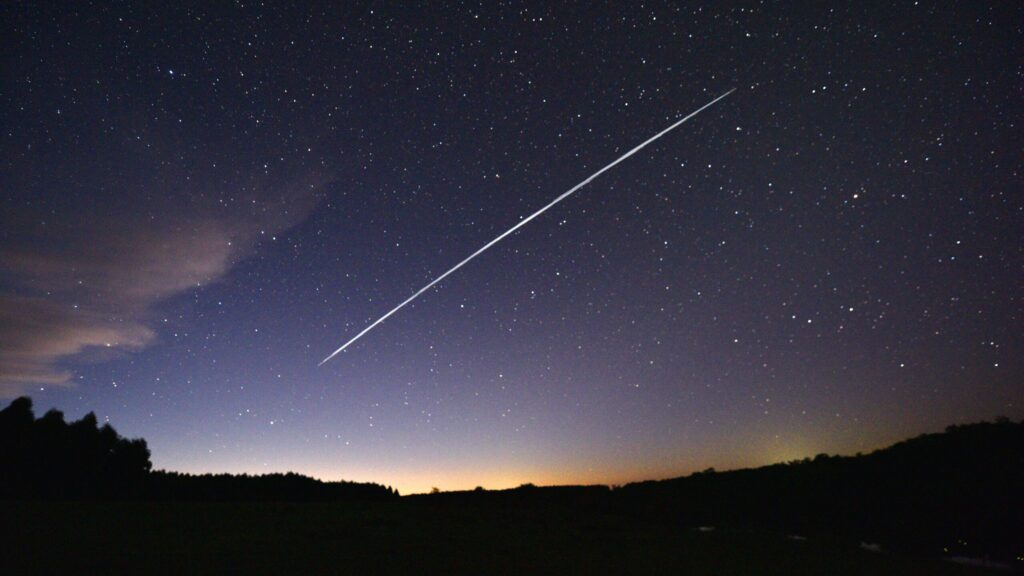Alaska: The two-week Pacific Air Forces-sponsored exercise Red Flag-Alaska 24-2 officially concluded with its final training mission on June 14, 2024. Red Flag-Alaska is designed to provide realistic training in a simulated combat environment.
Approximately 3,100 personnel participated, maintained and supported more than 100 aircraft from the U.S. Air Force, Republic of Singapore Air Force, Royal Canadian Air Force, Indian Air Force and the North Atlantic Treaty Organization.
“The Red Flag-Alaska enterprise is established here at JBER and up at Eielson Air Force Base, and is designed to provide the warfighter their first 10 combat like scenarios in preparation for actual combat,” said U.S. Air Force Capt. Tyler Sellers, 354th Operations Group Detachment 1 assistant director of operations. “Red Flag is important in the sense that it provides realistic combat scenarios for participating units. They come up here and use a large swath of airspace to test their techniques, tactics and procedures, learn from them, train with other units and then take the lessons learned home back to their units.”
One advantage Red Flag-Alaska has over other training exercises is the Joint Pacific-Alaska Range Complex, which is 77,000 square miles of airspace which provides a huge area for the multinational exercise to play out complex air-to-air and surface-to-air scenarios.
“Red Flag-Alaska is unique because of the airspace that we have up here; it is considered a national treasure,” said Sellers. “It is a massive chunk of airspace available for our participants to use. It’s also a great venue for our joint and coalition partners to integrate, train and learn from each other.”
The NATO E3A Component, which has representatives from 14 different nations, took advantage not only of the JPARC, but the opportunity to fly multiple training missions and receive feedback they can use to hone their skills.
“Red Flag is an extremely good exercise in the sense of large scenarios with a lot of aircraft, which makes the training, especially for our weapons controllers on the E3A, really good,” said Royal Netherlands Air Force Lt. Col. Mario, NATO E3A Component deputy deployment commander. “The advantage we have here is having multiple scenarios in two weeks. We aren’t always perfect and that’s why we exercise. We receive a good pre-flight brief, then we do the flight, and then there’s a good debrief after. From those briefs, we identify mistakes and any lessons we learn, we take to the next day.”
The last iteration of Red Flag-Alaska is scheduled for Aug. 15 to 30, with the majority of the flying operations being conducted out of Eielson Air Force Base.
U.S. Defense Visual Information Distribution Service





















Discussion about this post